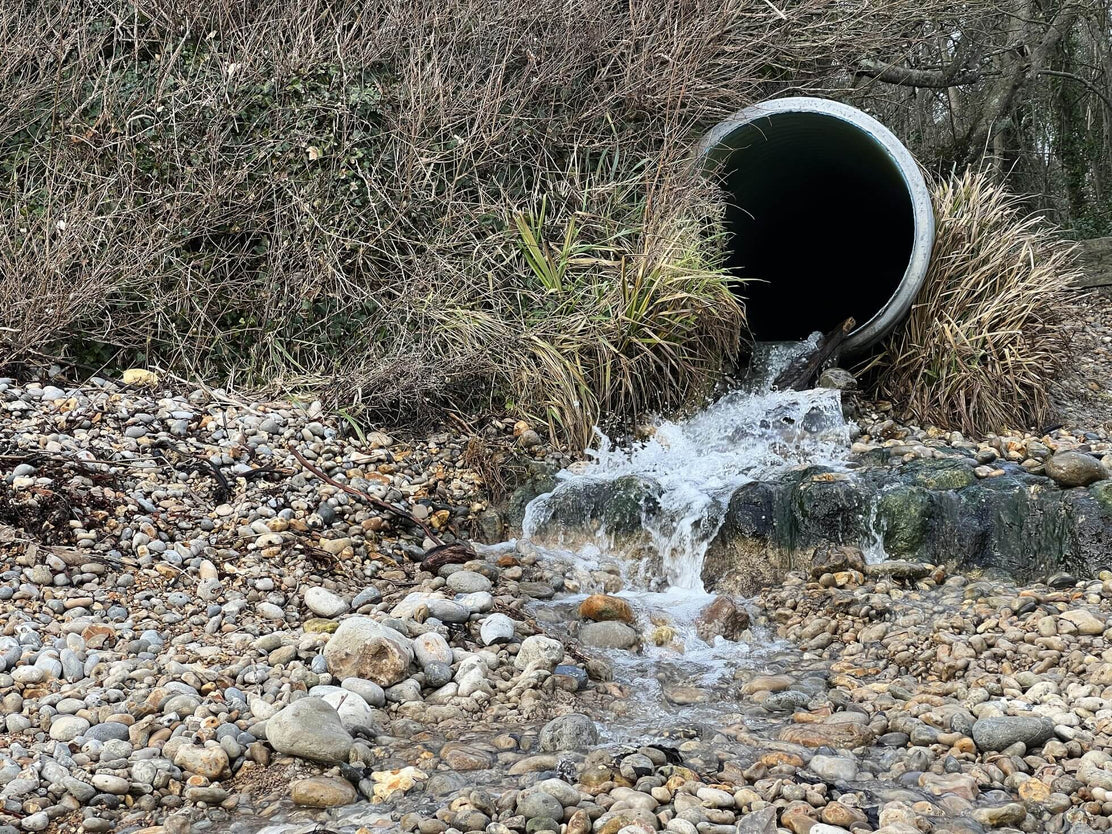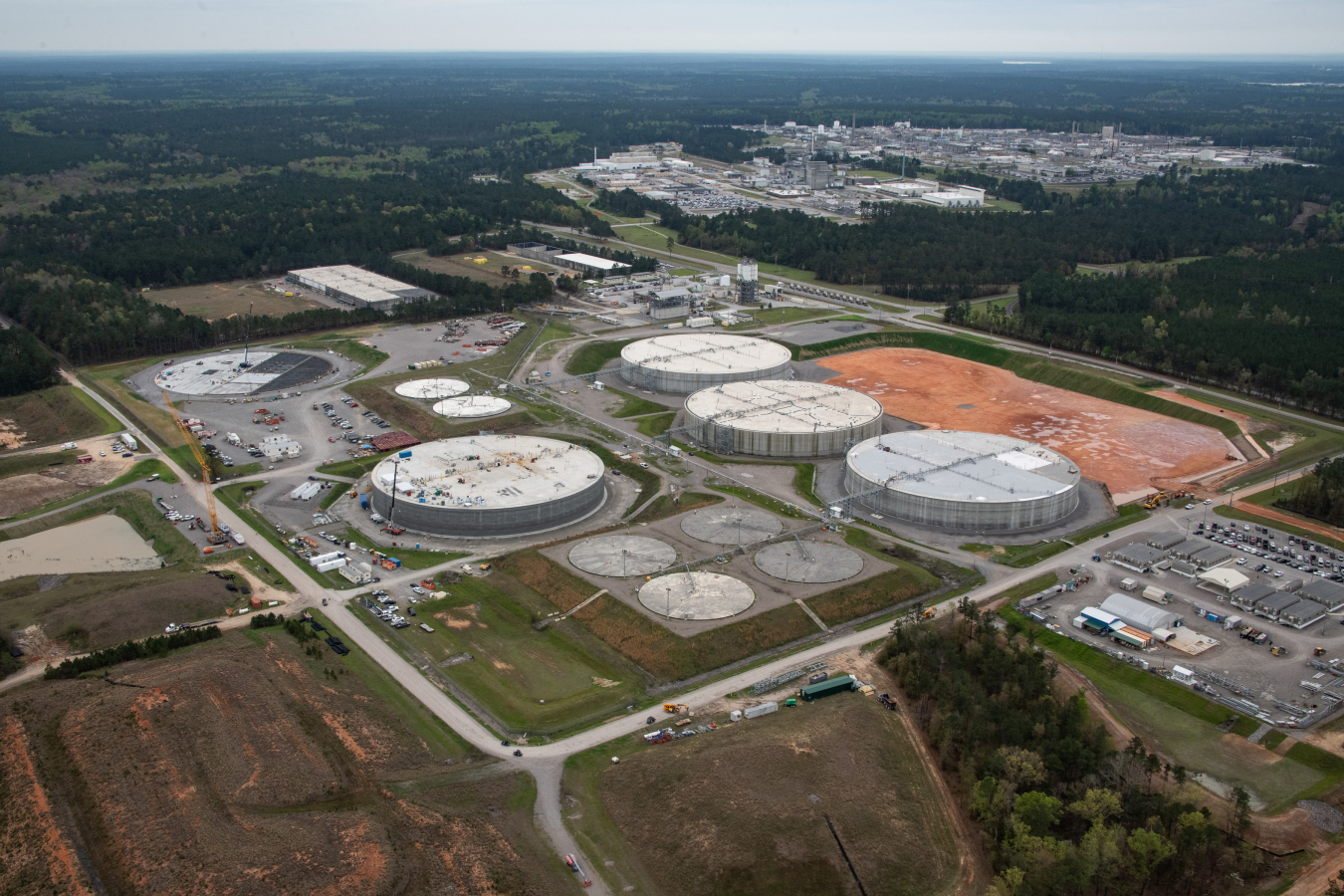Specialist Liquid Waste Removal Melbourne: Quick and Inexpensive Services
Wiki Article
Exactly How Fluid Waste Disposal Functions: A Thorough Overview of Methods and Technologies Used

Summary of Liquid Waste Kind
The intricacy of fluid waste kinds requires a thorough understanding of their qualities and ramifications for disposal. Fluid waste can extensively be categorized into several kinds, including industrial, municipal, farming, and contaminated materials. Each category shows distinctive properties, needing specific management strategies to reduce ecological and health threats.
Industrial liquid waste originates from manufacturing procedures and frequently includes a series of impurities, such as hefty steels, solvents, and natural substances. Metropolitan liquid waste, mainly consisting of wastewater from families and business facilities, includes organic issue, nutrients, and microorganisms (industrial wastewater treatment). Agricultural liquid waste, consisting of runoff from ranches, might consist of plant foods, pesticides, and pet waste, presenting dangers to water top quality and ecological communities
Dangerous liquid waste is identified by its toxicity, sensitivity, or prospective to trigger harm. Recognizing these diverse fluid waste types is important for developing effective disposal methods and making certain compliance with ecological laws.
Physical Treatment Approaches

Screening is the first step, where larger particles and particles are removed from the fluid waste making use of screens or grates. This procedure protects downstream equipment from damages and makes sure smoother procedure. Following screening, sedimentation uses gravitational pressure to different solids from liquids. In sedimentation tanks, heavier fragments settle at the base, developing a sludge layer, while the made clear fluid can be additional treated.
Filtering is an additional essential technique that entails passing the liquid with permeable products, such as sand or membrane layers, to record smaller particles. This action boosts the quality of the fluid, making it ideal for subsequent treatment procedures.

Chemical Therapy Methods
Chemical treatment strategies are essential for properly taking care of fluid waste, especially in addressing dissolved and colloidal impurities that physical techniques may not appropriately get rid of. These techniques make use of numerous chemical representatives to neutralize, precipitate, or transform hazardous compounds right into less hazardous types.One useful link common method is coagulation and flocculation, where chemicals such as alum or ferric chloride are contributed to promote the gathering of put on hold bits. This procedure boosts sedimentation, enabling less complicated elimination of the resulting sludge. Additionally, oxidation processes, utilizing agents like chlorine or ozone, are employed to damage down intricate natural compounds and microorganisms, providing the waste safer for discharge or further therapy.
Neutralization is one more critical method, which adjusts the pH of acidic or alkaline waste streams to neutral levels, preventing potential injury to downstream systems and the environment. Furthermore, advanced oxidation processes (AOPs) make use of mixes of oxidants and ultraviolet light to deteriorate consistent pollutants, accomplishing a higher level of therapy performance.
Organic Therapy Procedures
Organic therapy procedures play an important duty in the monitoring of fluid waste by utilizing bacteria to break down organic issue and reduce contaminant degrees. These processes can be extensively categorized right into anaerobic and cardio treatments, each using details microbial communities to attain effective waste deterioration.Aerobic therapy entails using oxygen to assist in the malfunction of organic materials by germs. This procedure is generally applied in turned on sludge systems, where aeration storage tanks give a helpful environment for microbial growth, leading to the oxidation of natural pollutants. The resultant biomass can be divided from treated effluent with sedimentation.
On the other hand, anaerobic treatment takes place in the absence of oxygen, relying upon various germs to damage down raw material. This technique is especially helpful for high-strength next page waste, as it produces biogas, a sustainable energy resource, while lowering sludge manufacturing. Technologies such as anaerobic digesters are frequently utilized in industrial and metropolitan applications.
Both anaerobic and aerobic biological therapies not just reduce the ecological effect of liquid waste but additionally assist in resource recovery, making them important components of lasting waste administration methods. Their versatility, efficiency, and efficiency support their prevalent execution across numerous markets.
Arising Technologies in Disposal
Ingenious methods to fluid garbage disposal are rapidly advancing, driven by developments in modern technology and a raising focus on sustainability. Among these emerging modern technologies, membrane layer bioreactors (MBRs) have acquired grip for their capability to integrate organic therapy with membrane filtration, leading to high-grade effluent that can be recycled in numerous applications. MBRs allow smaller sized footprints and a lot more efficient operations compared to conventional systems.Another promising growth is the use of anaerobic digestion combined with nutrient healing modern technologies, which not only treats liquid waste but also produces biogas and recoups important nutrients like nitrogen and phosphorus. This double advantage boosts source performance and reduces environmental influence.
Additionally, advanced oxidation processes (AOPs) are being adopted for the deterioration of intricate natural toxins. These techniques use powerful oxidants and these details stimulants to break down contaminants at the molecular degree, using an extremely efficient service for difficult waste streams.
Additionally, the assimilation of fabricated knowledge and artificial intelligence in waste administration systems is maximizing operational performance and predictive upkeep, resulting in minimized costs and enhanced ecological compliance. These innovations mirror a considerable change towards more sustainable and efficient liquid waste disposal practices.
Final Thought
In verdict, effective liquid waste disposal demands a detailed understanding of different strategies and technologies. By continuously progressing these techniques, it becomes feasible to attend to the growing obstacles linked with fluid waste, eventually contributing to ecological defense and source healing.Fluid waste disposal is a crucial facet of environmental monitoring, requiring an extensive understanding of various techniques and modern technologies customized to different waste types. Liquid waste can generally be categorized into numerous types, consisting of industrial, metropolitan, agricultural, and harmful waste. Agricultural fluid waste, including overflow from ranches, may contain fertilizers, pesticides, and pet waste, posing threats to water quality and communities.
Different physical therapy techniques play a crucial role in handling fluid waste successfully - industrial wastewater treatment.In final thought, reliable fluid waste disposal demands a comprehensive understanding of different methods and modern technologies
Report this wiki page